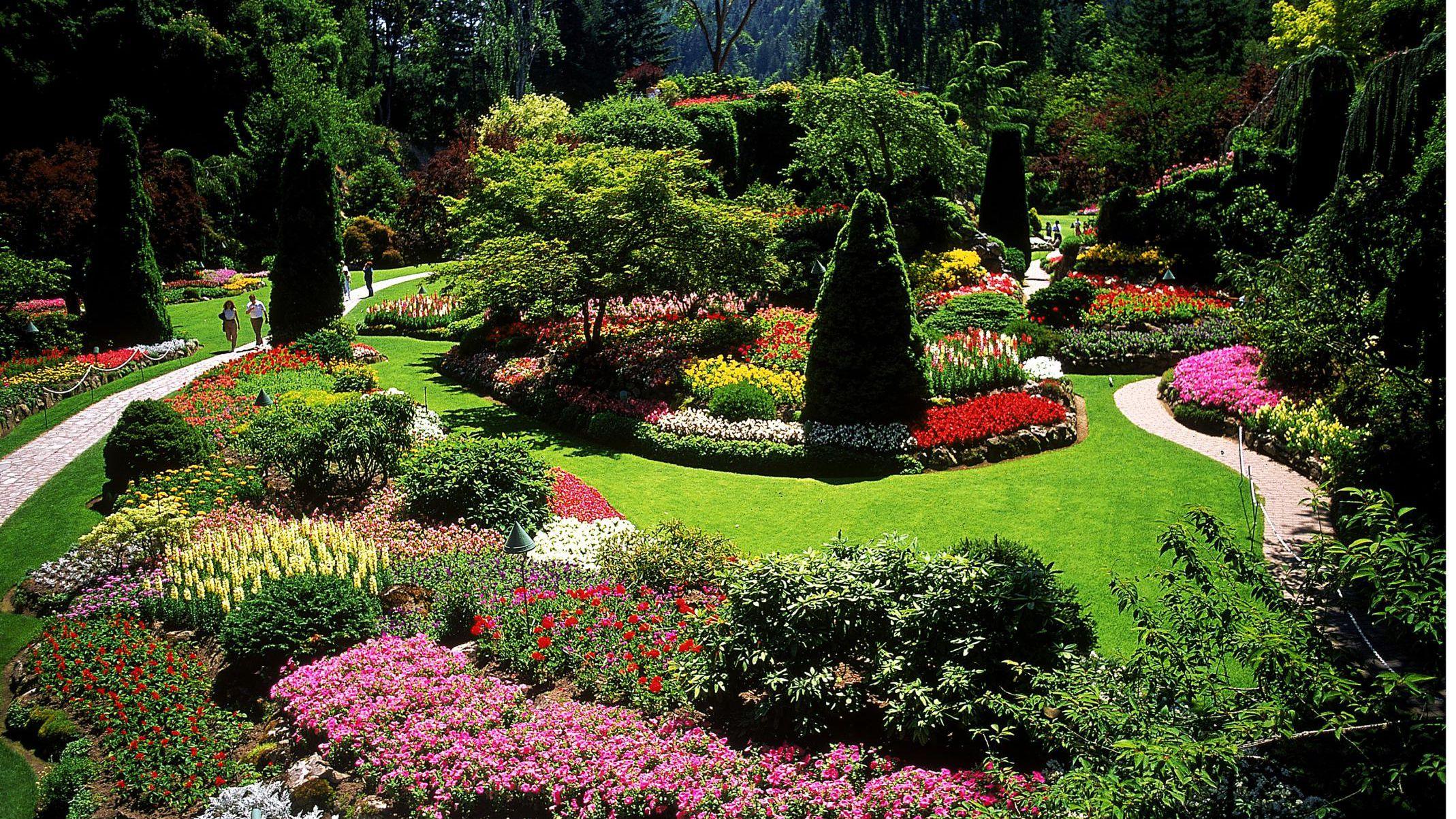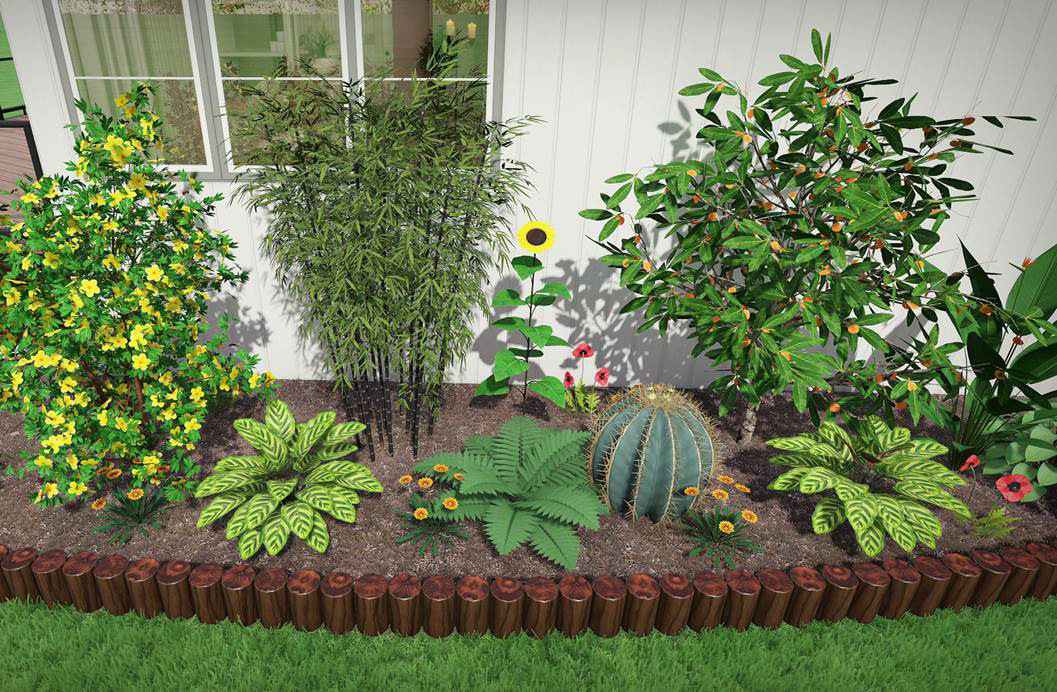Landscapers Fundamentals Explained
Landscapers Fundamentals Explained
Blog Article
The 8-Minute Rule for Landscapers
Table of ContentsThe Ultimate Guide To LandscapersLandscapers for DummiesSome Ideas on Landscapers You Need To KnowThe Definitive Guide for LandscapersThe Ultimate Guide To LandscapersThe Landscapers Diaries
- A garden function where water is stood for by an aggregate rock item, typically a gravel or granite.- A rock or flagstone outdoor patio, path, or walkway constructed without a concrete base.- A rock preserving or totally free standing wall constructed without the use of mortar. - A below ground structure that collect water and enables it to reduce percolate right into the dirt around it.
Landscape layout that is compatible with a sites' setting in both appearance and sustainability without negative influences to the setting. Bordering in the landscape is a line of demarcation that produces visual interest in the yard by dividing one section from an additional sector.
Locations can additionally have a feeling of "unit" offered by trees, various other growings, fences, or screens. The landscape near the access to a structure.
Landscapers for Beginners

The component in a landscape style or area in a landscape that is implied to be most famous. The focal point can be a plant, boulder, statuary, gathering room, or other landscape function. A style of yards or garden components that emphasize straight lines, ideal angles and circles. Bushes or shrubs situated in beds near the structure of a home or other framework.

Not known Details About Landscapers
Rock item, either rounded or fractured, that is reasonably small- typically 1" or less. Reduced plants that are allowed or encouraged to top an area. Can refer to any kind of "tough" yard aspects including statuary or rocks but the majority of generally is made use of to refer to courses, outdoor patios, and walls.: Elevation distinction in between the level of water in a pond (or the degree of the pump if it rests outside the fish pond) and the top electrical outlet of water which influences efficiency of the water pump in gph (gallons per hour). Thick shrubs or trees that form a fence, display, or limit.
A chemical used to regulate weeds. Fencing boards that run horizontally, often utilized in contemporary or Japanese-inspired landscape designs. Lines that specify areas within a landscape idea. These often expand from edges or essential features of an existing framework. Correct usage of imaginary lines can aid the landscape feel connected to the home and various other elements.
Traditional PNW landscapes are informal. A plant that spreads more than wanted, or right into habitats where it does damage.
The Single Strategy To Use For Landscapers
Can pop over to this site consist of head positionings and protection, pipeline sizing, GPM specifications, and products required to mount this system. Certified professional that develops landscapes, educated in engineering and architecture as well as in horticulture.
Landscape developers usually have much less education than Landscape Architects and are not accredited. A completed landscape design, outlining all components for the new landscape.
Utilizing lots of plantings of the same range to load in a location in the landscape. This can decrease maintenance and water usage in the garden.
A mix of concrete, sand, and water that is utilized in stone stonework for establishing rocks and joints. A layer of compost or bark dust applied at the base of a plant. A mass planting of moss. A plant that existed in a geographic area before people began altering the landscape.
5 Easy Facts About Landscapers Shown
Exactly how the garden or a yard aspect is set up in relationship to an existing or brand-new function or to a direction. Yards that are not trimmed yet expanded in landscapes as perennials.

Tiny round crushed rock. Plants that supply seasonal interest and then pass away back in the winter. Annuals do not return the adhering to season, but perennials do. look at this website Cold period lawn that is one of the most usual turf grass in Portland, OR et cetera of the PNW.An open roofed structure over a patio area or various other landscape feature.
The most usual landscape crushed rock in the PNW. Location of the landscape made to handle rain water until it can soak into the ground.
Structure made from wood, concrete, paving stones, bricks or other materials for stabilizing slopes and stopping extreme erosion. Narrow watercourse. Creating a see here now yard attribute being composed largely of stones with growings that match and can grow in the rough atmosphere. Sprinkler head style that turns a stream of water across an area.
The Basic Principles Of Landscapers

Report this page